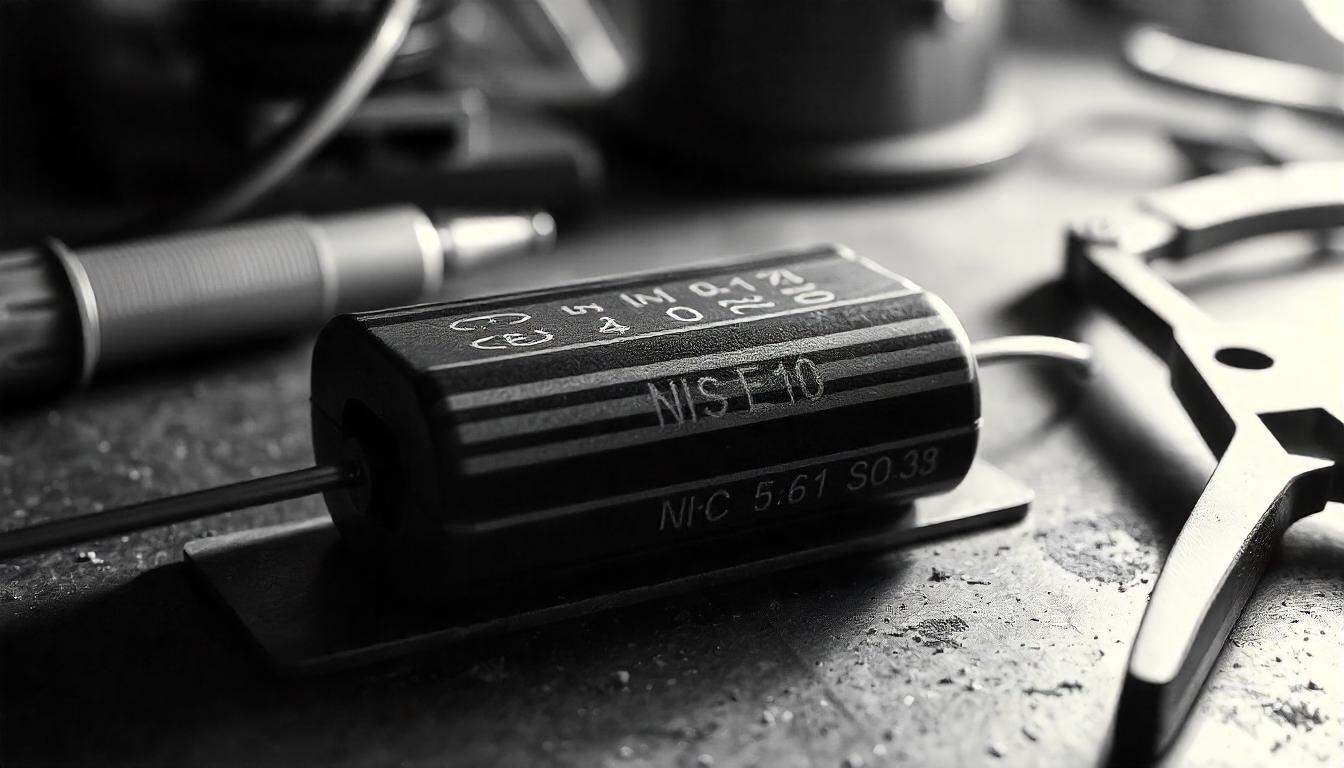Resistors are essential components in virtually all electronic circuits, serving to control current, divide voltage, and protect sensitive components. Among resistors, those with the highest and lowest values play unique roles in different applications. In this article, we will dive into the world of electronic resistors, examining their extremes and the critical roles they play in modern electronics.
What Are Resistors?
A resistor is a passive electronic component that limits the flow of electrical current in a circuit. It is measured in ohms (Ω), a unit named after the German physicist Georg Simon Ohm. The value of a resistor can range from fractions of an ohm to several gigohms (GΩ), depending on the application.
Highest Value Resistors
High-value resistors, typically in the range of megohms (MΩ) to gigohms (GΩ), are designed to handle very low current flows.
Examples of High-Value Resistors:
- 10 MΩ to 1 GΩ Resistors: Often used in measuring instruments.
- >1 GΩ Resistors: Found in specialized applications like medical equipment and high-precision voltage measurements.
Uses of High-Value Resistors:
- Voltage Measurement: High-value resistors are frequently used in voltage dividers for measuring high voltages in a safe and controlled manner.
- Electrometer Circuits: They are essential in devices that measure very small currents, such as electrometers.
- Leakage Current Detection: These resistors are critical in detecting small leakage currents in high-voltage systems.
- Static Protection: High-value resistors can safely dissipate static charges to prevent damage to sensitive electronic components.
Lowest Value Resistors
Low-value resistors are typically in the range of micro-ohms (µΩ) to a few ohms. These resistors are designed to carry high currents with minimal voltage drop.
Examples of Low-Value Resistors:
- Shunt Resistors: Often used in current-sensing applications.
- 0.01 Ω to 1 Ω Resistors: Found in high-power circuits and motor control systems.
Uses of Low-Value Resistors:
- Current Sensing: These resistors are used in current measurement circuits to generate a small voltage proportional to the current flowing through them.
- Power Supplies: In power distribution networks, low-value resistors ensure the efficient dissipation of excess energy.
- Motor Control: Low-value resistors help regulate the current in electric motors to provide smooth operation.
- Thermal Management: These resistors are used in circuits where heat dissipation is a concern, as they produce minimal heat.
Factors to Consider When Selecting Resistors
- Tolerance: The precision of the resistor value, often expressed as a percentage.
- Power Rating: The resistor’s ability to dissipate heat without damage.
- Material: Resistors can be made from carbon, metal film, or wire-wound materials, depending on the application.
- Temperature Coefficient: The change in resistance value with temperature.
Understanding the highest and lowest value resistors and their applications is crucial for designing efficient electronic circuits. High-value resistors excel in low-current, high-voltage environments, while low-value resistors shine in high-current, low-voltage scenarios. Choosing the right resistor for your application ensures not only optimal performance but also the longevity and safety of your electronic systems.
Whether you are an electronics enthusiast, engineer, or hobbyist, knowing how to utilize these components effectively can take your designs to the next level.
